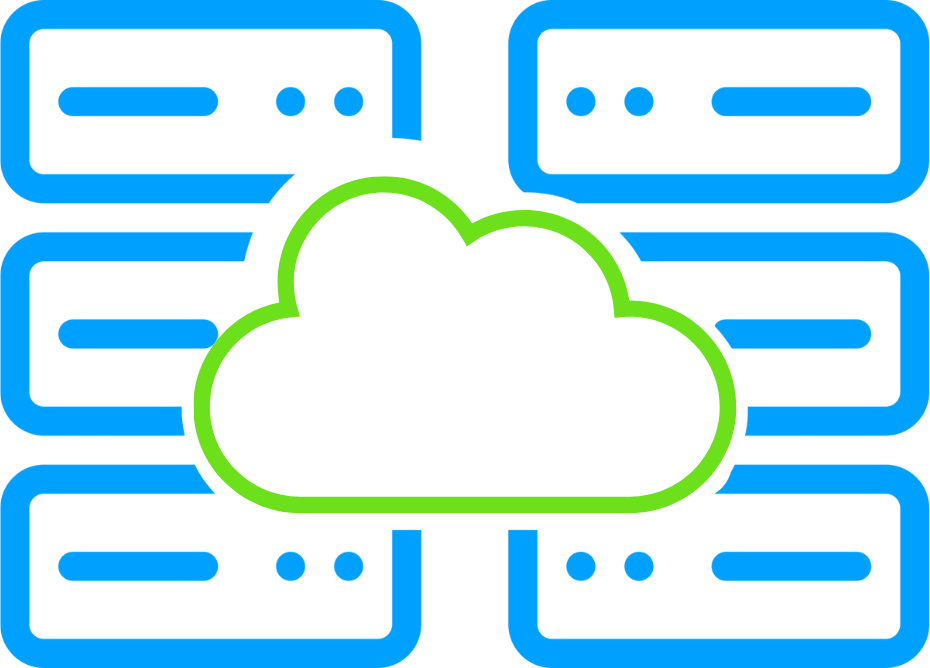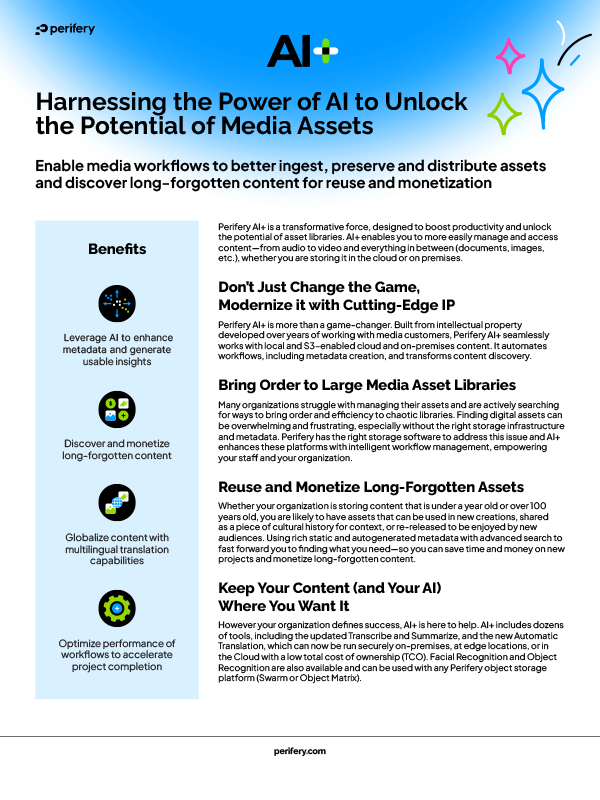
We have all done things we regret, some intentionally and some not. The consequences of our actions are often not great, but they are usually something we can deal with and learn from, hopefully without it becoming too much of an issue.
That’s very much the case for companies that have been using public cloud storage over the years and are now suffering the consequences that maybe weren’t apparent in the beginning.
To make this clear, I am talking about the large public cloud providers and the outrageous costs to not only store, but to retrieve your own content.
On paper, the idea of public cloud storage looks reasonable with potentially manageable costs that make sense for offsite archive content. And especially if investing in on-prem hardware is not an option.
But the reality is very different.

"Manageable” costs can easily escalate with hidden gems that come up to bite you each and every month. This means that the potentially palatable costs actually result in a wildly expensive exercise with very little predictability to forecast - far from ideal for any business to model.
It was recently announced that the major providers are removing the “ransomware” element of their offering by not charging you to move your data away to the internet. Now, whilst this is noble (and something that should not have been a thing in the first place), it was never the biggest concern.
Whereas before, if you store your assets in AWS and want to move away to another platform, then you would have a more than hefty fee. That has now gone. Well, gone somewhere at least.
The challenge is working out as a business how you can manage the unpredictability of using the services that on face value can seem quite reasonable.
Let’s assume you have assets of 500TB that you decided to keep in public cloud. You would have been paying the storage costs each month based on the tier that you kept that data (and the size of the company you are) in which would generally range from $2k to $11k per month. If you don’t ever want to access that content then the costs could look quite reasonable, but if you do then they are certainly not.
Remember, the storage costs are just a part of it. When we start to introduce egress fees then it’s another matter. But that is how public cloud providers make their money. Then there is the rest, which includes all of the S3 calls which again look fairly insignificant until you try. Then, I guess you need an asset management platform to find your content, so you will have to go to a third party and pay for that, normally per user. Then you might want to automate those workflows, especially ingest, enrich metadata, and add further AI services. Guess what, that isn't cheap!

Overall, public cloud services are plentiful and there are a wide variety of options as long as you are happy to pay whatever amount you are billed at the end of each month.
However, there are alternative options. I may be biased, but I am also well versed.
Private cloud providers are certainly here to stay, and they offer all of the benefits of cloud services without the penalties and with focused expertise.
Now, let's talk about OM Cloud from Perifery, as an example. The storage costs are not just part of the price, they are the price. You pay for what you store and that’s it. It’s your content, so you don’t have to pay to access it. That’s right, no egress fees and certainly none of the entrapment issues previously associated with public cloud. So, if you ever find something better, you are free to move away. (But the chances are you won’t find better!)
When we talk about value add, that’s exactly what Perifery does. As a media company that understands the industry challenges, the OM Cloud platform and commercials are shaped around the current industry needs whilst always innovating future improvements. Perifery also provide an asset management interface, Vision, that is designed around effective simplicity, and it comes at no extra cost, with unlimited users. You can also customise it to your own logos and company brand to offer services to your clients, generating revenue from your storage and making your assets work for you.

It’s only an asset if it’s making you money.
Perifery have recently gone a step further and added AI services to ‘Vision’, to enhance the experience and make it easier to find and share your content, reducing manual intervention and providing real business value to a cloud archive service.
In a nutshell, the industry landscape has changed, and we should certainly question the value of the solutions we use. If we are using them for the sake of it, then why continue?
Public cloud continues to make money - that’s your money - and you just need to look at the size of the AWS booth at NAB 2024 to prove that.
Private cloud offers a better option, from smaller companies that actually care about your business and your content. They want to work with you for the right reasons, both now and in the future.
The consequences for those who adopted public cloud storage can be severe, but we can move on and learn from our actions without too much of an issue, thanks to companies that value your business and, ultimately, understand that your data is your data.
